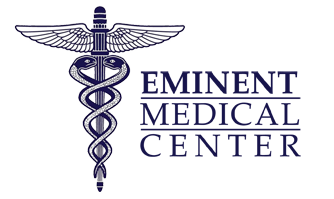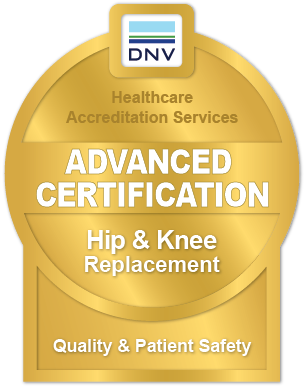An Overview of Minimally Invasive Hip Replacement
Minimally invasive hip replacement surgery is similar to traditional hip replacement. However, the surgeon will make a much smaller incision. The incision in a traditional hip replacement is 10 to 12 inches. The incision in a minimally invasive hip replacement is only three to six inches.
The surgeon will make the incision in the back or the side of the hip. They will have to detach and split the tendons and muscles in the hip. However, it is not as extensive as traditional hip replacement surgery. The surgeon will place artificial implants inside of the hips.
The Benefits of Getting Minimally Invasive Hip Replacement
Minimally invasive hip replacement surgery can reduce muscle damage. Patients who get this surgery will also be able to recover more quickly. Additionally, because the incision is smaller, the scar will be smaller.
Am I A Good Candidate for Minimally Invasive Hip Replacement?
Minimally invasive hip replacement has many benefits. However, it is not right for everyone. You will have to schedule a consultation with a physician in order to determine whether this procedure is right for you. The ideal candidate for minimally invasive hip replacement is someone who is fit and healthy. The following patients are at a higher risk of having complications.
- Patients who are overweight.
- Patients who have already had hip surgeries in the past.
- Patients who have a deformed joint.
- Patients who are extremely muscular.
- Patients who have a health problem that can slow down the healing process.
What Are the Risks?
Minimally invasive hip replacement surgery has its risks just like any other orthopedic surgery in Richardson TX. Some of the possible risks include blood clots, infections, dislocations, fracture of the femur, nerve injuries and artery injuries. There is also a possibility that there may be a difference in the leg length.
The best thing that you can do to ensure that your procedure is a success is to choose a qualified surgery. Your surgeon will discuss the risks and benefits of the procedure. They will also determine which technique is best to use.
Recovery
You may be able to go home the day of your procedure. However, some patients have to spend 1 to 3 days in the hospital. It is important for you to attend physical therapy after you get your surgery. Your physical therapists can have you perform exercises that restore your strength and range of motion.







